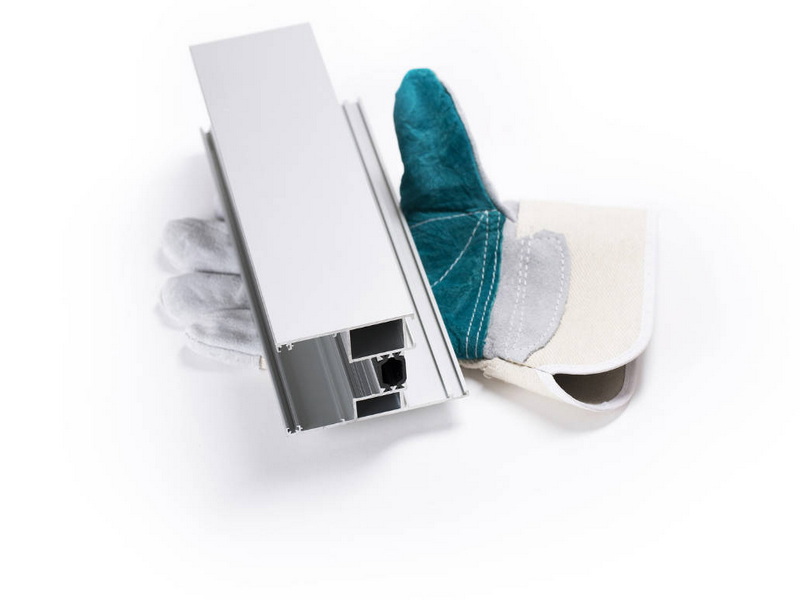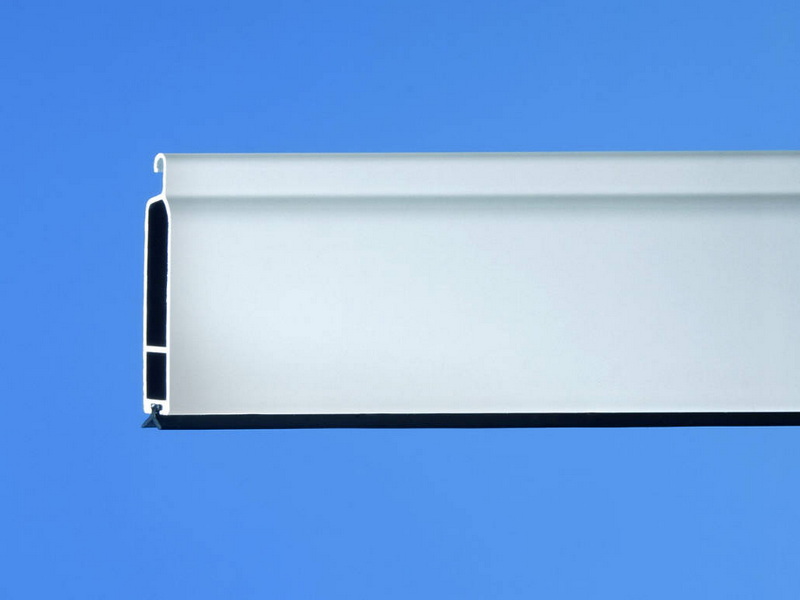English 




Views: 222 Author: Astin Publish Time: 2025-04-01 Origin: Site



Content Menu
● Introduction to Aluminum Angle Profiles
● Applications of Aluminum Angle Profiles
>> Construction and Architecture
>> Furniture and Interior Design
● Benefits of Using Aluminum Angle Profiles
● Choosing the Right Aluminum Angle Profile
● Standard Sizes of Aluminum Angle Profiles
● Customizing Aluminum Angle Profiles
● Working with Aluminum Angle Profiles
● FAQs
>> 1. What are the primary applications of aluminum angle profiles?
>> 2. What are the benefits of using aluminum angle profiles?
>> 3. How do I choose the right aluminum angle profile for my project?
>> 4. What are the standard sizes of aluminum angle profiles?
>> 5. Can aluminum angle profiles be customized?
Aluminum angle profiles, known for their versatility and strength, are widely used across various industries. These L-shaped extrusions offer a unique combination of lightweight properties, corrosion resistance, and high strength-to-weight ratios, making them an essential component in modern construction, manufacturing, and DIY projects. This article will delve into the best uses of aluminum angle profiles, exploring their applications, benefits, and how to choose the right profile for specific projects.

Aluminum angle profiles are formed by two perpendicular legs that meet at a right angle, creating a 90-degree angle. This unique geometry allows them to be used in a variety of applications, from structural framing to decorative details. They are available in equal and unequal configurations, with equal angles having legs of the same length and unequal angles having legs of different lengths. This versatility makes aluminum angle profiles suitable for both general-purpose and specialized applications.
In the construction industry, aluminum angle profiles are used for structural support, reinforcement, framework, and bracing in bridges, buildings, as well as other infrastructure projects. Their durability and strength-to-weight ratio make them ideal for construction and architectural applications, providing lightweight yet robust solutions for structural frameworks and architectural designs. Aluminum angles are also used in window frames, curtain walls, façades, and decorative elements, offering both aesthetic appeal and structural integrity[1][2].
Aluminum angle profiles are extensively used in furniture and interior design to create functional and creative designs in commercial and residential spaces. They are used as decorative framing, edging, and trimming elements in picture and mirror hanging systems, cabinets, shelves, countertops, etc. Additionally, they serve as drawer pulls, shelf stiffeners, file cabinet hanging rails, and for door tracks. In the furniture industry, aluminum profiles are used for handles, slides for drawers or doors, frames, and various types of finishes, adding a modern and practical aspect to furniture designs[1][4].
Aluminum angle profiles possess excellent heat dissipation and conductive properties, making them an ideal choice for creating heatsinks and electronic enclosures. These heatsinks have fin arrays exposed to the outer air, enhancing heat dissipation efficiency. Aluminum angles are also used as structural components in LED lighting fixtures, electronic enclosures, control panels, and electrical cabinets[1][8].
In retail environments, aluminum angle profiles are used to create and support signage, modular displays, product stands, and shelving. Their durability, aesthetic appeal, strength-to-weight ratio, and excellent load-bearing capacities make them popular with retail stores, art galleries, home galleries, and other businesses[1][4].
Aluminum-angled profiles can be shaped, cut, and drilled according to one's requirements, making them popular with DIYers for home improvement projects. These include corner protectors, framing, trim works, and brackets. Aluminum angles are also used in constructing shelves and storage units, enhancing the durability and style of furniture by serving as edging, and creating custom frames for pictures or displays[3][5].
Aluminum angles are used in the production of automobiles, aircraft, and marine vessels due to their lightweight and high-strength properties. They help reduce fuel consumption and increase efficiency while providing high resistance to corrosion, making them ideal for marine and aerospace applications[8].

- Lightweight High Strength: Aluminum angles provide an exceptional strength-to-weight ratio, making them ideal for construction applications without adding excessive weight.
- Corrosion Resistance: Aluminum naturally resists corrosion, extending the lifespan of structures and reducing maintenance costs.
- Versatility and Flexibility: Aluminum angle profiles can be customized into various shapes and sizes, suiting diverse applications such as framing, reinforcement, and decorative structures.
- Aesthetic Appeal: They contribute to sleek and contemporary architectural designs, offering a smooth finish that can be anodized or powder-coated for enhanced visual appeal.
When selecting an aluminum angle profile, several factors must be considered:
- Load and Stress Requirements: For heavy-duty applications, thicker angles with longer legs are often necessary to ensure sufficient load-bearing capacity.
- Environmental Factors: Corrosion resistance is crucial for outdoor applications.
- Alloy Type: Different alloys offer varying levels of strength and corrosion resistance. For example, 6061 is versatile and widely used, while 6063 is preferred for architectural applications due to its excellent finish quality.
- Standard vs. Custom Sizes: Standard sizes are cost-effective and readily available, but custom sizes may be necessary for specific design needs.
Aluminum angles are manufactured in a range of standard sizes to meet various construction and industrial requirements. Equal angles typically range from 0.5 inches to 8 inches for leg length, with thicknesses varying from 1/16 inch to 1/2 inch. Unequal angles come in a broader range of sizes to accommodate specific needs.
For projects with unique requirements, custom aluminum angle profiles can be manufactured. Custom sizes allow for precise adaptation to specific design needs, ensuring optimal performance and material usage.
Cutting aluminum angles requires careful preparation and the right tools. For thinner profiles, hand shears or tin snips are effective, while thicker profiles may require power tools like miter saws or circular saws. Proper clamping and accurate marking are crucial for achieving clean cuts[5][7].
Aluminum angles can be assembled using screws, rivets, or welding, depending on the application. For DIY projects, screws are often the most convenient option, providing easy disassembly if needed. In structural applications, welding may be necessary for added strength.
Aluminum angle profiles are versatile and essential components in modern construction, manufacturing, and DIY projects. Their strength, lightweight properties, corrosion resistance, and aesthetic appeal make them a preferred choice over other materials. Understanding the applications, benefits, and how to choose the right profile is crucial for achieving optimal results in various projects.

- Aluminum angle profiles are primarily used in construction, furniture, electronics, retail displays, DIY projects, and transportation. They serve as structural support, decorative elements, and components in electronic devices.
- The benefits include high strength-to-weight ratios, corrosion resistance, versatility, and aesthetic appeal. These properties make aluminum angles ideal for both structural and decorative applications.
- Consider the load and stress requirements, environmental conditions, alloy type, and whether a standard or custom size is needed. Ensure the selected profile aligns with regulatory standards and fabrication requirements.
- Standard sizes vary, but equal angles typically range from 0.5 inches to 8 inches for leg length, with thicknesses from 1/16 inch to 1/2 inch. Unequal angles offer a broader range of sizes to accommodate specific needs.
- Yes, aluminum angle profiles can be customized to meet specific design needs. Custom sizes allow for precise adaptation to ensure optimal performance and material usage.
[1] https://orangealuminum.com/blog/5-unique-applications-of-aluminum-angle-profiles/
[2] https://www.jagdishmetalindia.com/blog/everything-you-need-to-know-about-aluminium-angle/
[3] https://skind.com.sg/aluminium-l-angle-in-home-improvement-projects/
[4] https://www.sixaluminium.com/the-applications-of-aluminum-equal-angle-profiles/
[5] https://shop.machinemfg.com/how-to-cut-aluminum-angle-for-diy-projects-tips-and-techniques/
[6] https://www.otalum.com/application-and-types-of-aluminum-angle-profiles.html
[7] https://www.smetals.co.uk/how-to-cut-aluminium-angle-at-home-tools-and-techniques/
[8] https://www.sixaluminium.com/common-applications-of-aluminum-angles-unequal-profiles/
[9] https://ezimetal.com.au/blog/aluminium-angle-building-structures/
[10] https://www.alu-haomei.com/article/aluminum-angle-size-specifications-guide.html
[11] https://www.aluminium-online.co.uk/aluminium/aluminium-angle/equal-angle/
[12] https://www.weiye-aluminium.com/what-are-the-standard-sizes-of-aluminum-profile-angle.html
[13] https://www.aluminiumwarehouse.co.uk/blogs/news/why-are-aluminium-angle-profiles-important
[14] https://blog.naviewaluminium.com/blogs/aluminum-angle-profiles-key-considerations-for-choosing-the-right-material-for-your-project/
[15] https://kuber-steel.com/aluminium-angle/
[16] https://eleanoraluminium.com/blog/aluminium-angles-and-channels/
[17] https://www.aliexpress.com/i/1005002101519212.html
[18] https://www.chalcoaluminum.com/blog/aluminum-profile-application/
[19] https://www.smetals.co.uk/what-can-aluminium-angle-be-used-for/
[20] https://www.capral.com.au/extrusion-plate-sheet/extrusion/angles-geometrics/angles/
Top Aluminum Furnitures Manufacturers and Suppliers in Czech Republic
Top Aluminum Furnitures Manufacturers and Suppliers in Poland
Top Aluminum Furnitures Manufacturers and Suppliers in Belgium
Top Aluminum Furnitures Manufacturers and Suppliers in Finland
Top Aluminum Furnitures Manufacturers and Suppliers in Denmark
Top Aluminum Furnitures Manufacturers and Suppliers in Greece
Top Aluminum Furnitures Manufacturers and Suppliers in Portugal
Top Aluminum Furnitures Manufacturers and Suppliers in Austria
Top Aluminum Furnitures Manufacturers and Suppliers in Norway
Top Aluminum Furnitures Manufacturers and Suppliers in Sweden
